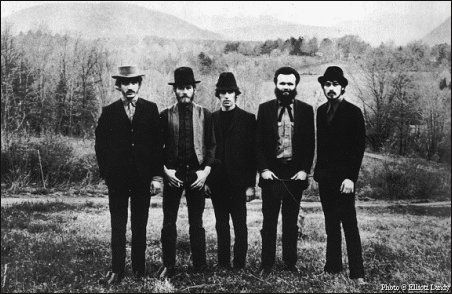The Berlin Wall
- Gabrielle Bossy

- Feb 4, 2016
- 2 min read
Updated: Jan 20, 2018
“Together we stand. Divided we fall.”- Pink Floyd, The Wall

Today, Germany stands as one of (if not the) world’s most modern countries…which is completely crazy when you consider their state as of 1990. After rebuilding themselves twice after two world wars, in 1961, Germany once again stood as a divided country when a physical barrier separated east and west.

What inspired the building of the Berlin Wall? After all, the Soviet and Western blocs had worked together post-World War II to ensure the Brandenburg Gate was restored. People freely emigrated between countries for some time. However, as West Germany developed and largely Stalin controlled East Germany, emigration from East to West became increasingly popular. Worse yet for East
awesomestories.com
Germany, it was often young and well educated people leaving which lead to the fear of “brain drain” in East Germany.[1] Reaching its height in the early 1950s, East Germany made traveling between the two blocs increasingly difficult until, in 1961 (long after the death of Stalin), a wall was erected that basically stopped escape altogether. According to history.com, the official reason was to stop Westerners from entering East Germany but it was increasingly obvious that the true fear lied in the opposite fate. This left families and friends divided for over two decades with the exception of a few lucky (and not so lucky) escapees.

On my recent trip to Berlin, we visited the top of Kollhoff Tower which overlooks the lively Potsdamer Platz. Shops, cafes and restaurants line the square and everywhere you look, cars and people fill the streets. From the top of the tower, one can see much of Berlin and also read the history of the square. Once the busiest square in Europe, Potsdamer Platz
vice.com
suffered heavy blows during war but was built back up. Unfortunately, the building of the Berlin Wall cut citizens of Berlin off from the square, making it part of the “death strip” between borders. This in itself could be (and maybe will be) its own blog. After all, Berlin has managed to regenerate their beloved Potsdamer Platz once more.

Life on the east side of Germany was difficult. Economic struggle and lack of freedom penetrated society in many ways (yet another possible blog post). One of the coolest things I read however, was that there was a large neon billboard in West Germany that broadcasted at a height tall enough for East Germans to read the news on it. What a cool form of rebellion and protest!
In 1989, after massive protests and years of pleas, the GDR (German Democratic Republic aka East Germany) decided to once again allow freedom of traffic between East and West Germany. Masses of people went straight to the wall on the night of announcement, demanding they be let across and bringing down the wall themselves. This block that divided a nation had finally come to an end.
In 1990, Pink Floyd played their epic The Wall concert in front of more than 300,000 spectators at Potsdamer Platz. That my friends, is just great history.
[1] http://www.ibtimes.com/berlin-wall-1961-1989-timeline-divided-germany-1721012
[2] history.com/topics/cold-war/berlin-wall



Comments